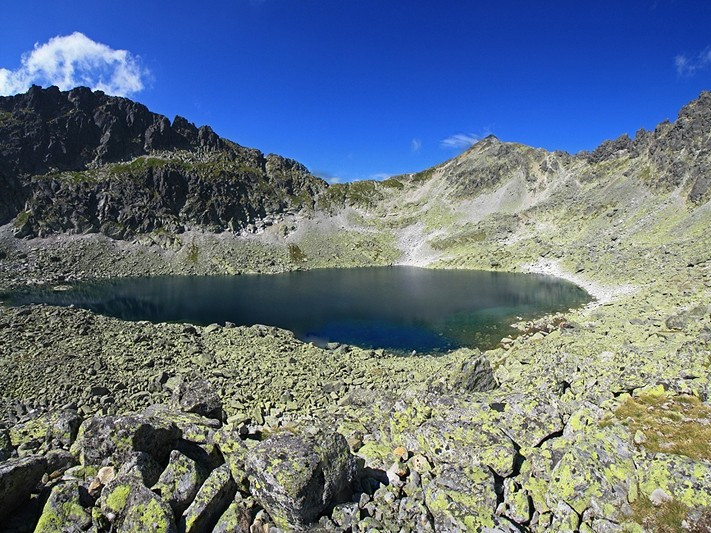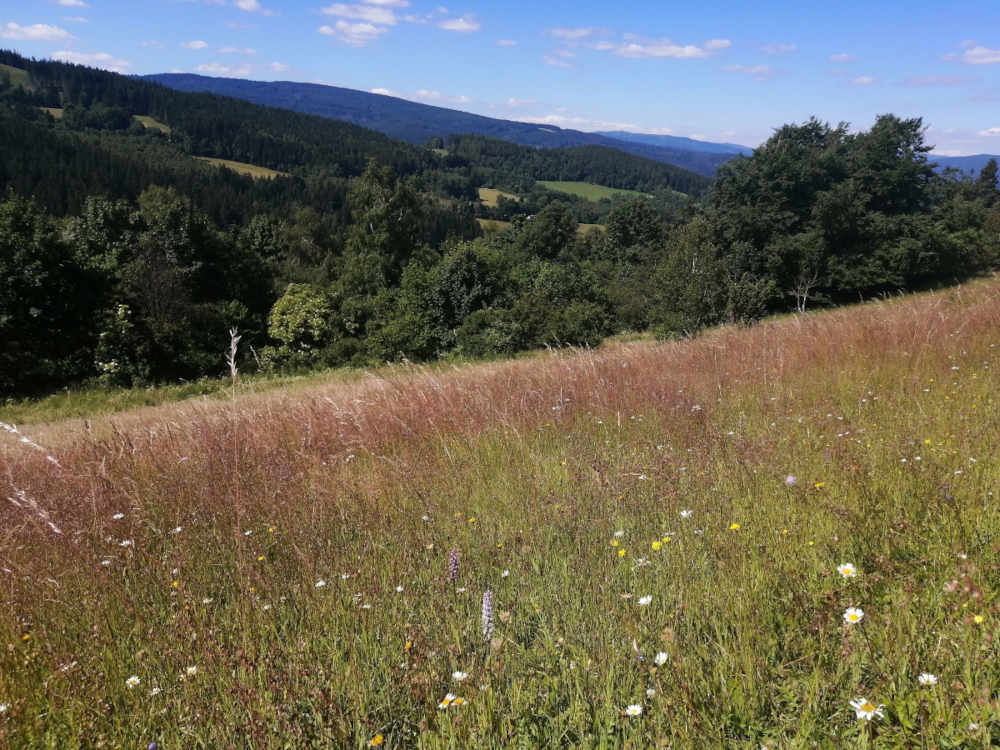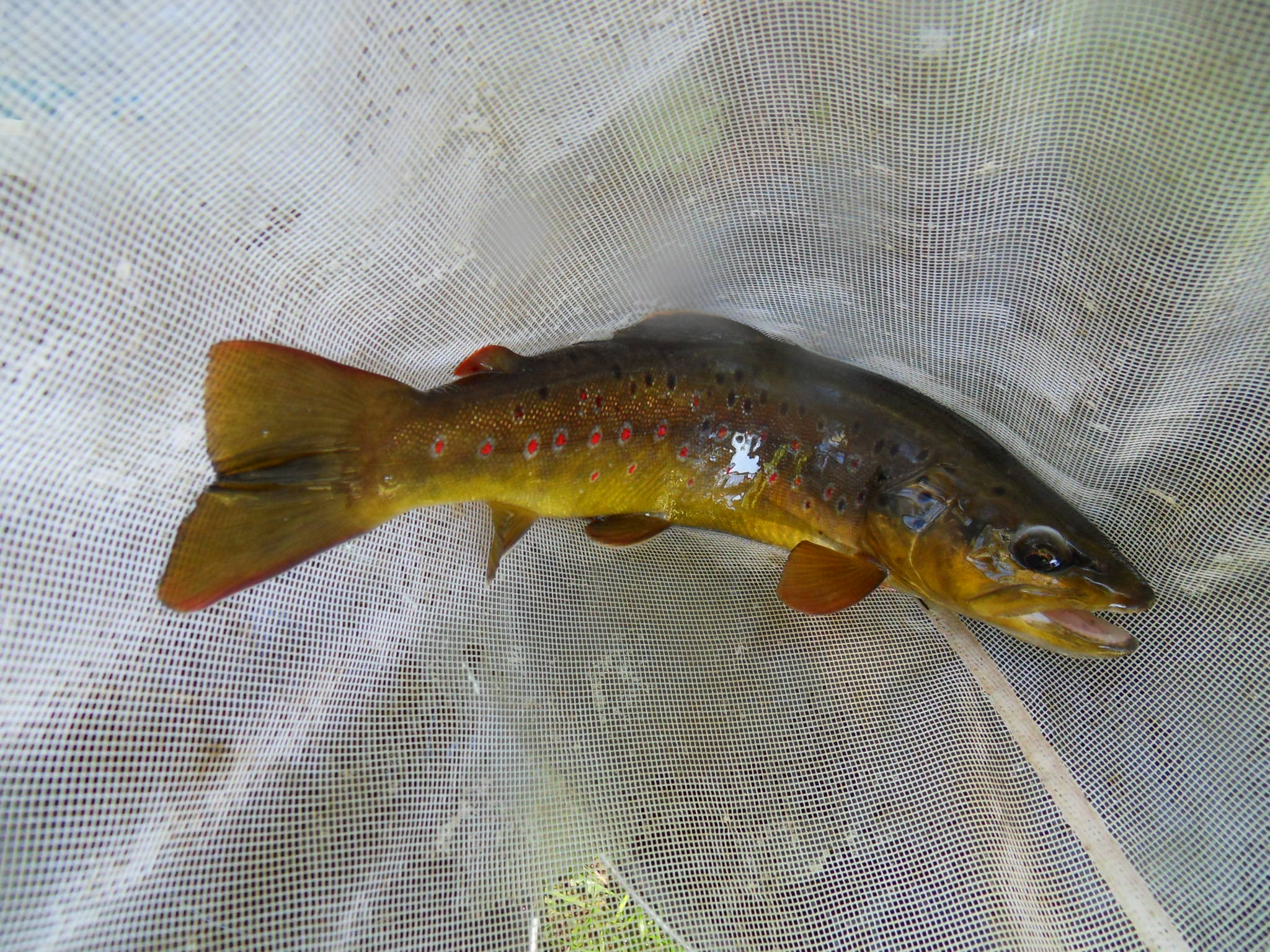Biotic and abiotic factors governing phosphorus losses from undeveloped alpine soils
To evaluate effects of chemistry and microbial community of till and alpine meadow soils on P cycling, and climate changes (increasing physical erosion and dust deposition) and recovery from acidification on increasing P leaching from soils and the related eutrophication of receiving waters.
We will identify major environmental factors controlling P leaching from undeveloped soils in natural, unmanaged areas. We will evaluate effects of soil recovery from acidification, increasing dust deposition, and climate-accelerated physical erosion of rocks on chemistry and ability of soils to retain/release P. The most pronounced increases in lake water P concentrations (besides USA) have occurred in the Tatra Mountains, mainly in catchments with high proportion of scree and undeveloped till soils. Using local rocks, we will experimentally assess effects of climate change on their physical erosion. Then, we will evaluate effect of increased rock weathering on soil chemistry and P retaining ability. Special attention will be paid to composition of microbial community of till soils, and activity and role of its major components in P mobilization from rock and dust. Using long-term trends in chemistry and biology of lakes, we will evaluate individual and synergetic effects of recovery from acidification and climate change on the ongoing changes in their nutrient status and trophy.

Read more …Biotic and abiotic factors governing phosphorus losses from undeveloped alpine soils
- Hits: 9472




